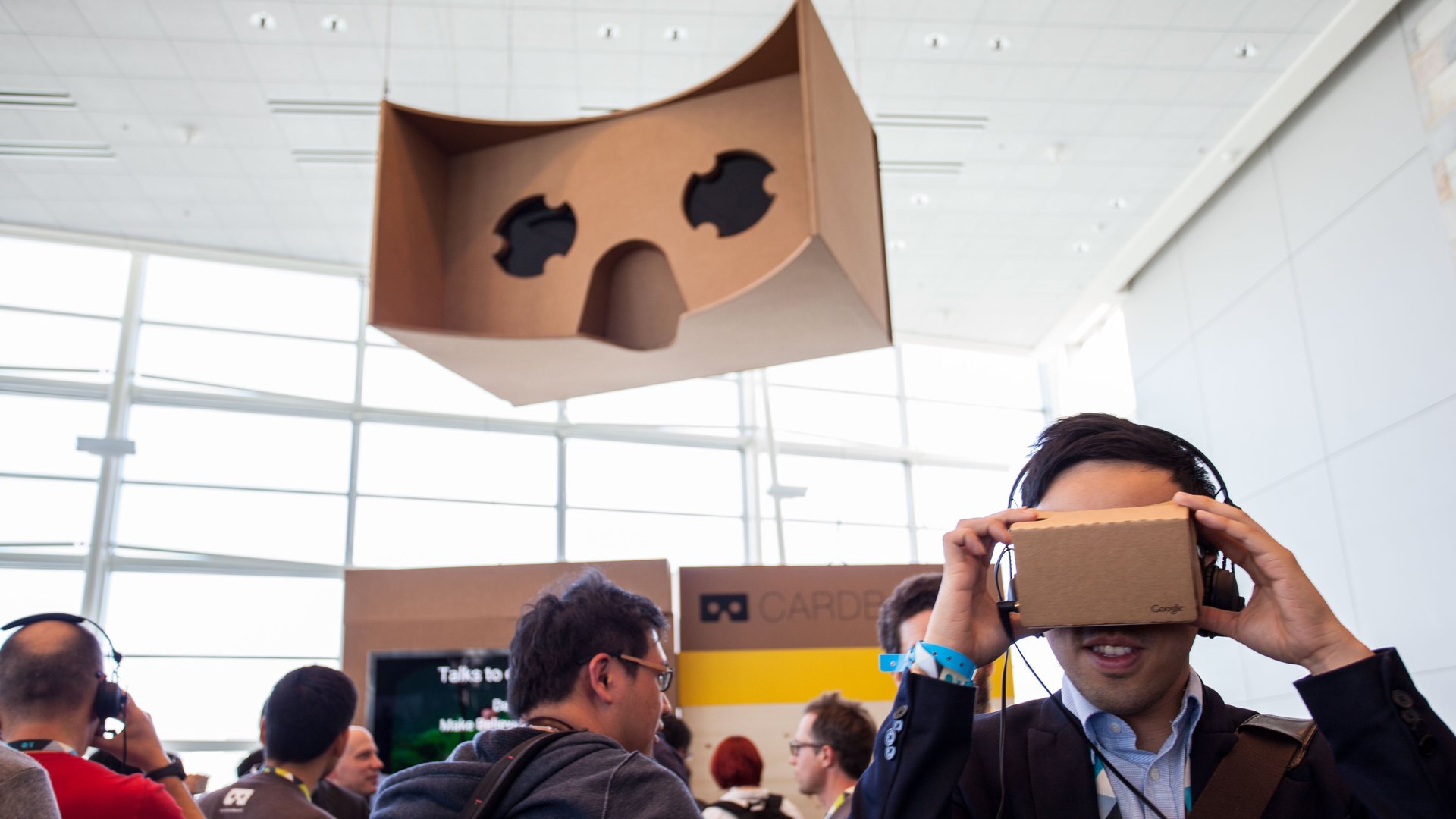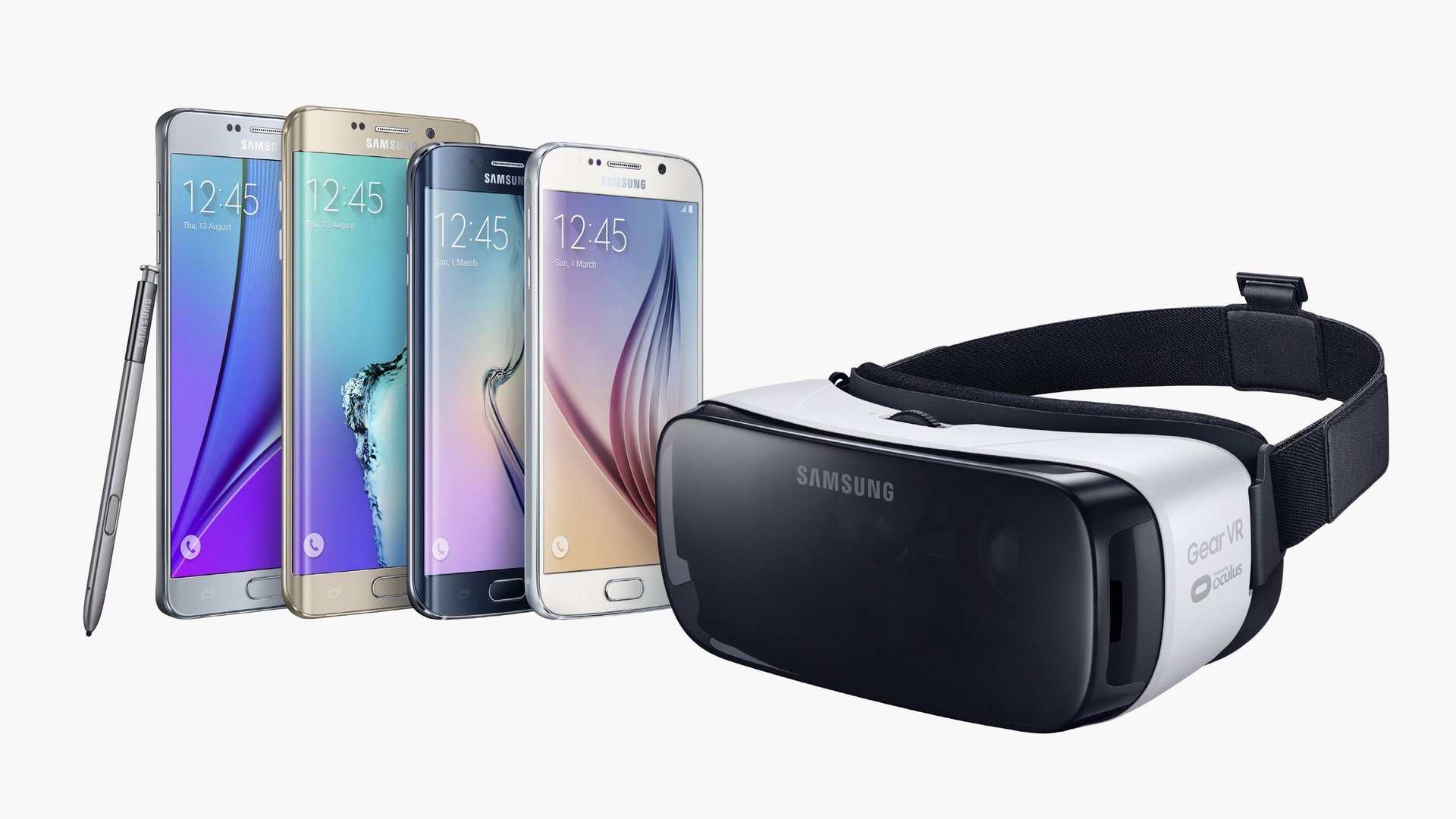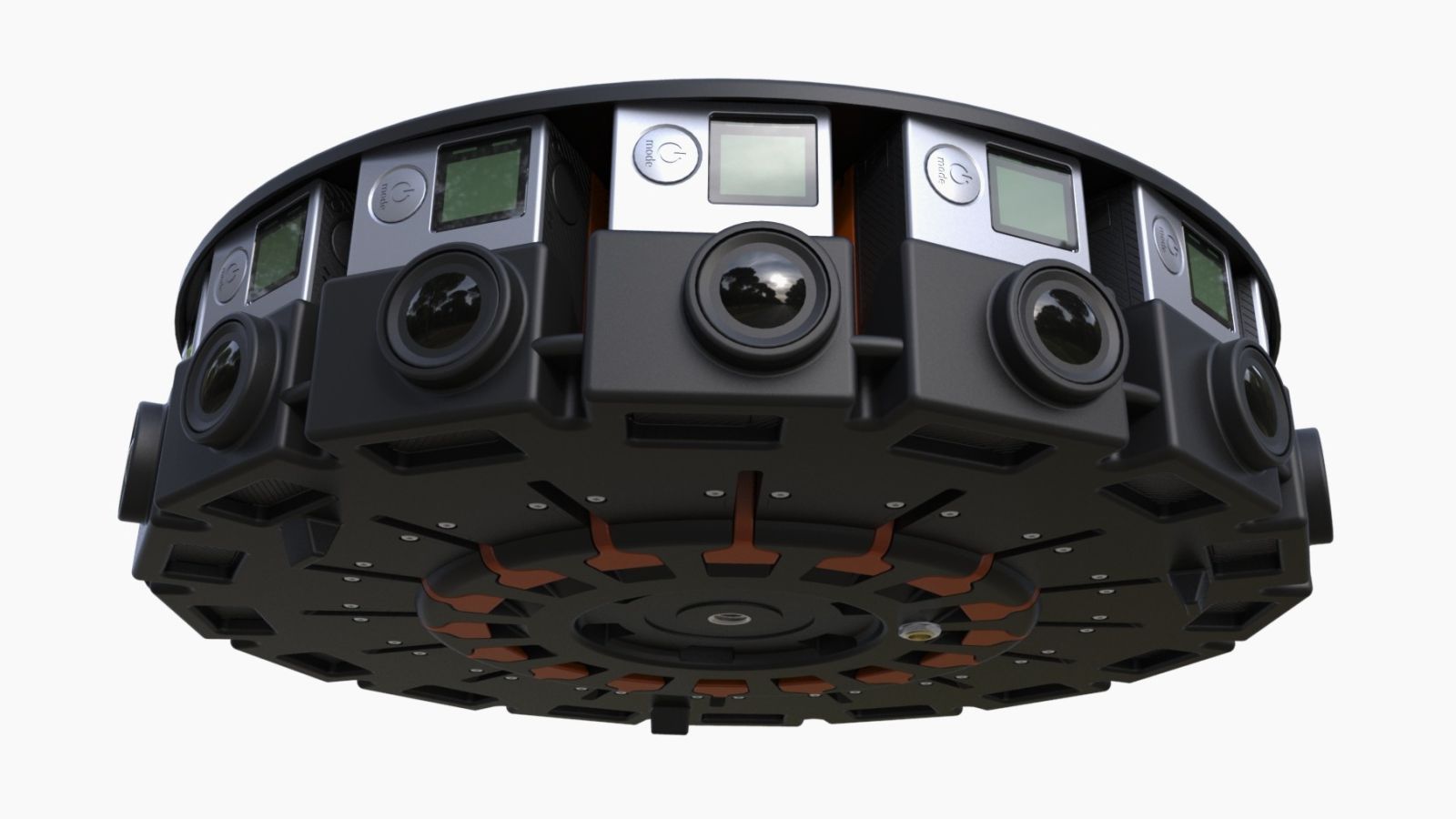Sorry, YouTube: The virtual-reality revolution will not come via shaky footage shot by amateurs
The virtual-reality revolution is coming. But here’s one thing for certain: It will not be driven by shaky, blurry footage shot by amateurs.


The virtual-reality revolution is coming. But here’s one thing for certain: It will not be driven by shaky, blurry footage shot by amateurs.
Once the stuff of science fiction, virtual reality will finally be within the reach of consumers in 2016, when Oculus, Valve, Sony, and other companies are due to release their own VR headsets.
Initially, it’ll be the hard-core gamers who will embrace this new technology. But the hope from Mark Zuckerberg—who helped fuel VR’s momentum when Facebook acquired Oculus last year for $2 billion—and others is that everybody will want to experience virtual reality. They just don’t know it yet.
One of the biggest hurdles to selling virtual reality is that no TV commercial or magazine ad can do it justice. They simply can’t convey the feeling of wonder people experience when they don VR goggles for the first time and are transported to an immersive new world where everything around them appears to be almost real.
The industry calls this a sense of presence, and it’s one big reason why bumpy footage shot by everyday consumers won’t be driving forward virtual reality—this despite Google’s recent announcement that all YouTube videos can now play on its Cardboard VR player.
That’s not to say that home videos won’t play a role, but YouTube’s jumped the gun by a few years, at least. While social media has been dependent on user-generated content, what VR needs is mainstream traction, and that requires the industry to put its best foot forward with polished, awe-inducing experiences.
The next big platform
Zuckerberg has called virtual reality the next big computing platform, and its potential is seemingly limitless. First-person shooters aside, there are already experiments to use virtual reality in education, athlete training, collaborative work, design, art, medicine, ophthalmology, shopping, and entertainment. Of these and other categories not yet thought of, entertainment holds the most promise for bringing virtual reality to the mainstream—something Zuckerberg admits could take a decade or longer to achieve.
Even with the availability of cheap, lo-fi headsets—like Google’s viewer made of cardboard—the vast majority of people have yet to try virtual reality, and they’ll need to be convinced of its value. VR companies will have to dazzle consumers—who’ll have little patience for technical difficulties or subpar experiences—the first time they strap on a pair of goggles.
Because of the immersive quality of 360-degree video, it’s easy to feel fatigued, nauseous, or otherwise uncomfortable, especially when viewing over an extended period of time. If shaky handheld footage is barely watchable on a phone or computer, it’s downright intolerable on a screen inches away from a person’s eyeballs.
“Any vibration can make people feel uncomfortable,” says Alex Taussig, an investor at Highland Capital and board member of VR studio Jaunt. “There are a lot of issues to deal with when you’re dealing with 360 video. I don’t think a lot of user-generated content will be watchable.”
Headset makers like Oculus are trying to address this from a hardware standpoint, fixing problems like latency with high refresh rates and accurate position tracking so the screen perfectly reflects what a person would expect to see when moving his or her head. But its hardware refinements won’t account for poorly shot footage.
Hollywood takes the lead
So far, Samsung has manufactured the only VR goggles to hit store shelves. The Gear VR, a headset made in collaboration with Oculus, has integrated accelerometer, gyroscope, and proximity sensors, and relies on the processing power and screen of a Samsung phone. In September, the company showed off a refreshed version for consumers—the “innovator edition” that launched last year was aimed at early adopters and developers—that is shipping this month for $99. Unlike the upcoming VR headsets aimed at gamers, Samsung’s goggles are for watching video.

“The reason we’re focusing so much effort and energy—and the reason we’re doing mobile and video—is because everybody has a mobile phone and everybody watches video,” says Matt Apfel, a vice president at Samsung overseeing its VR video content.
As a first mover, Samsung had to ready a steady stream of content for its headset. “We didn’t want people to just buy this Gear VR device and put it down because there was nothing to watch,” says Apfel. The company tapped studios, filmmakers, and brands to build up a library with hundreds of 360-degree video. ”Hollywood and storytellers are leading the way here,” he adds. “It’s not YouTube, but that’s the point.”
Even for the pros, there’s been a steep learning curve: how to shoot, how to synchronize and stitch together 360-degree footage taken from dozens of cameras, how to remove the artifacts that inevitably show up when stitching said video, how to use audio cues to direct viewers’ attention, how to develop episodic story lines, to name a few challenges.
But eventually, after the professionals sort out the best practices for VR video, it’s possible user-generated content could flourish. Facebook has high hopes for it, having describing a future where VR could make it possible for its users to virtually relive moments from their friends’ lives.

Mike Jazayeri, a Google product manager overseeing Cardboard, ultimately expects independent developers and amateurs to drive VR’s innovation. ”It takes time, but it’ll get there,” he says.
GoPro teamed up with Google earlier this year to produce a $15,000 16-camera VR array aimed at professionals and “prosumers.” But the camera company believes its all-in-one system could one day appeal to a broader audience, when the cost of hardware comes down.
“We ultimately see spherical as a consumer application,” says CJ Prober, GoPro’s senior vice president of software and services. ”If we thought that spherical content and VR experiences were going to be limited to Hollywood-type post-production experiences, we wouldn’t be investing nearly as much as we are.”